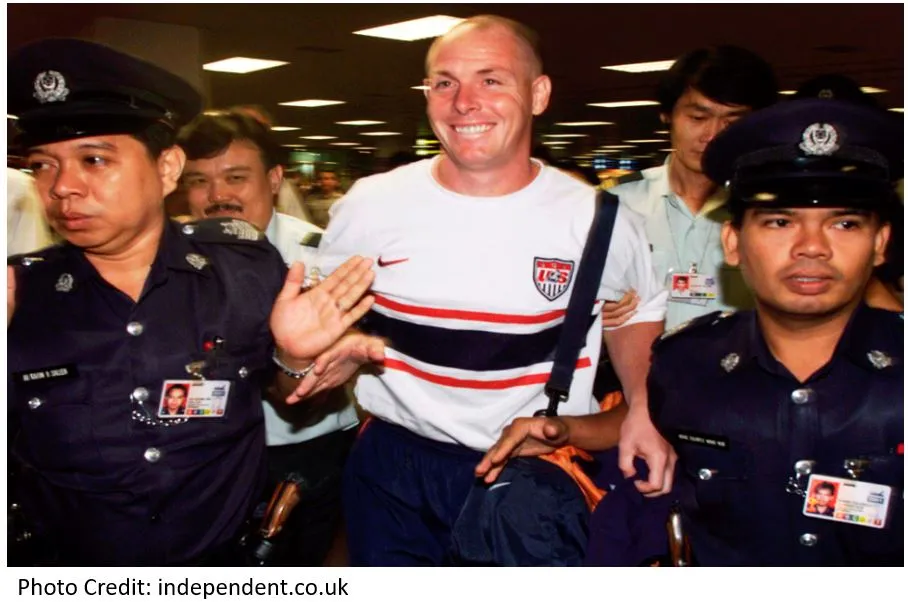
From the first part, I explained that Error Account 88888 was supposed to be used to cover minor human errors in recording trades. However, this is not what happened in Leeson’s case, he used this account to cover up and adjust all his losses coming from bad trades. So, you can imagine that as he continue to lose, the error account will swell in negative numbers. Leeson was able to do these without any intervention, because as a newly-formed subsidiary in Singapore, Barings Bank allowed him to be the Chief of Trade as well as the Head of Settlements, which removed the necessary checks and balances and allowed him to abuse both positions to hide his losses without his superiors knowing it. This also happened because his previous successes earned the trust of his bosses that became too complacent and willing to turn a blind eye regardless of how risky Leeson’s portfolio is as long as he’s giving them profits. By the end of 1992, the error account already exceeded GBP2 million pounds (around USD3.14 million dollars) in deficits and continued to bubble up and reached GBP208 million pounds (around USD327 million) by the end of 1994.
The beginning of the end occurred on January 16, 1995, when Leeson started betting on the stable markets of Singapore and Tokyo. However, the Kobe earthquake hit Japan early in the morning and send Asian markets into chaos, which caused Leeson to have huge losses on his portfolio. In order to recoup back his losses, he made a series of increasingly risky new trades hoping that he could earn a profit from the arbitrage. He bet on the Nikkei Stock Index and hoped that it would make a quick rebound. However, the recovery failed to materialize, and his losses increased.
Upon realizing that Leeson will never recover his losses, he fled to Malaysia, Thailand and finally Germany, where he was arrested. He pleaded guilty on two counts of "deceiving the bank's auditors, deceiving his superiors, and cheating the Singapore exchange. In the investigation, Leeson was also found forging documents, which are all related to faking quotations, and hiding about the riskiness of his trading activity and the scale of his losses. Unfortunately, for Barings Bank, the losses of Leeson’s unethical practices are twice the size of their available trading capital. Barings declared for bankruptcy after failing to secure the bailout amount from the government despite it having a very long banking history. The government and some experts believe that much of the blame should be also put on Barings bank's deficient internal auditing and risk management practices. Singaporean authorities also criticized the laxity of Barings management. Investigators claimed that senior officials of the bank shouldn’t allowed Leeson to hold two sensitive positions, and should have monitored and audited better the "five eights" error account.
After Leeson pleaded guilty, he was sentenced to jail for six and a half years in Changi Prison, Singapore. What happened to him after he was sentenced to prison? He made himself productive actually. While serving his sentence, he wrote his own autobiography named “Rogue Trader”, which described all of his previous acts in detail. The book was even made into a feature film of the same name. With the success of the first book, he wrote a follow-up book entitled “Back from the Brink: Coping with Stress”. Both Leesons’s books now served as a guide to all the bankers and auditors. He is now an occasional keynote speaker about ethics and corporate social responsibility, and a part-time guest lecturer at the National University of Ireland. Leeson also has his own self-named website www.nickleeson.com, which contains information about his blog, consultancy and business speaking engagements.
The primary contributing factor to the Barings Bank’s downfall is the lack of supervision and necessary checks and balances within the company. Obviously, Barings failed to have proper internal audit and management of risk. Leeson was even able to have two different positions at one point in time, combine it with the knowledge of different financial tools and strategies, Leeson was able to hide his illegal and unethical dealings from his superiors until it became out of hand. If Barings Bank only have a much stricter supervision on its traders, we can safely say that the bank must still be existing today.
The case of Nick Leeson was unique as it seems to be unbelievable that a global institution with an impeccable reputation could collapse into bankruptcy as the result of a single unethical employee.
This is the whole discussion and summary of Nick Leeson’s involvement on the bankruptcy of Barings Bank. Hope you learned something from this essay.